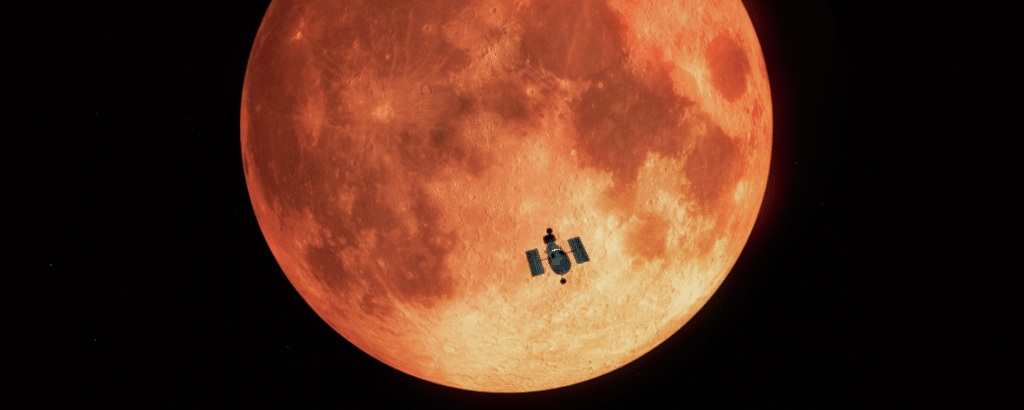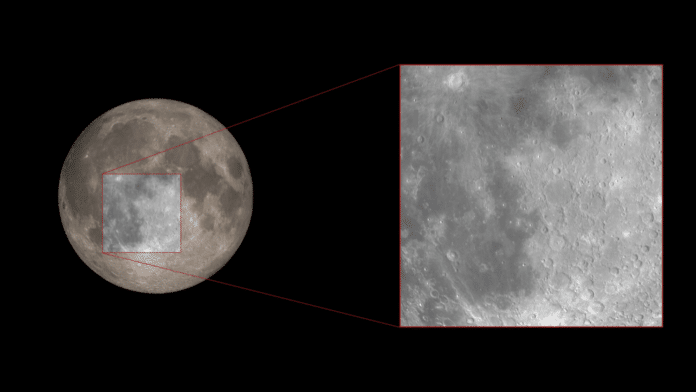A new study has achieved something new in planetary photography: Using Hubble Space Telescope, astrophysicist tried to view the earth as if it were an exoplanet.
To do so, scientists had to use the moon as a giant mirror, recording sunlight that had passed through our planet’s atmosphere, bounced off the lunar surface, and come back.
Allison Youngblood at CU Boulder said, “It’s like what an astronaut might see standing on the surface of the moon.”
This is the first study that successfully captured such a selfie using a combination of a space instrument and the moon. What’s more, it could help scientists in honing how they search distant planets for the possible fingerprints of life—in this case, ozone in the atmosphere.
“Train a powerful enough telescope, such as Hubble, on an alien planet, and you can see how starlight filters through its atmosphere. Scientists, in turn, can analyze that starlight to identify the gases that are present in the atmosphere.”

“In the coming decades, one of the big targets that planet hunters will be looking for is ozone. It’s created when ultraviolet light from the sun reacts with oxygen gas in the atmosphere—meaning that, at least on Earth, ozone is often connected to the activity of photosynthesizing organisms. In the hunt for life, “one biosignature alone isn’t enough. But if you, for example, saw ozone and methane together, that might indicate that there is life.”
On Jan. 21, 2019, Earth’s orbit brought the planet directly between the sun and the moon, leading to the first total lunar eclipse of the year. Scientists took advantage of this event.
During a total eclipse, all of the light you see reflected off the moon has already passed through Earth’s atmosphere. Scientists captured that reflection by pointing Hubble at the lunar surface.
It was not as easy as it appears. It was like hitting the bullseye on a dartboard while standing on a cruise ship in stormy seas as Hubble at the moon is challenging.
But with a bit of luck and mathematical savvy, the team prevailed. Scientists detected the ultraviolet signals of ozone in Earth’s atmosphere.
The study is a good proof-of-concept that it can be done. And that means that scientists may one day be able to locate the hints of living organisms on a planet far, far away.
Journal Reference:
- Allison Youngblood et al. The Hubble Space Telescope’s Near-UV and Optical Transmission Spectrum of Earth as an Exoplanet. DOI:10.3847/1538-3881/aba0b4
